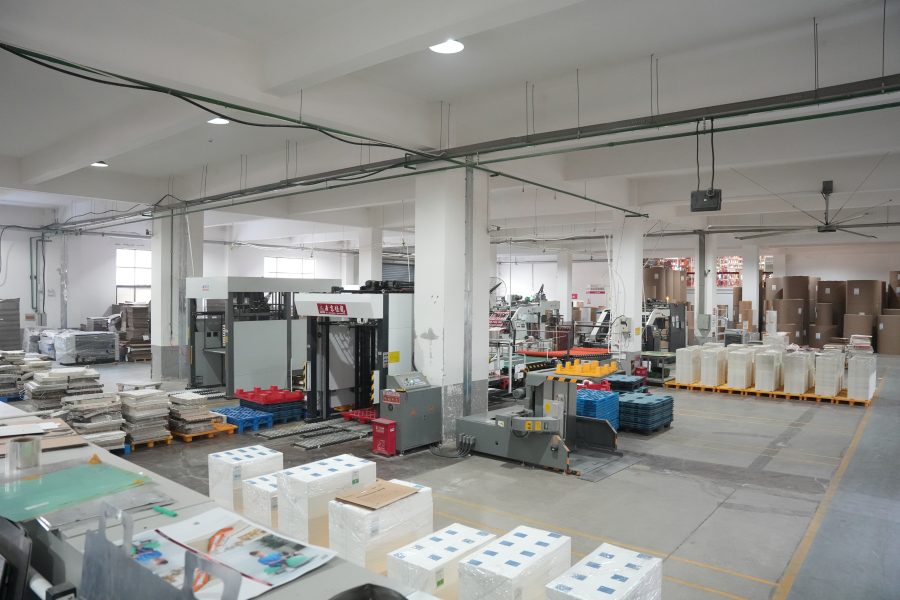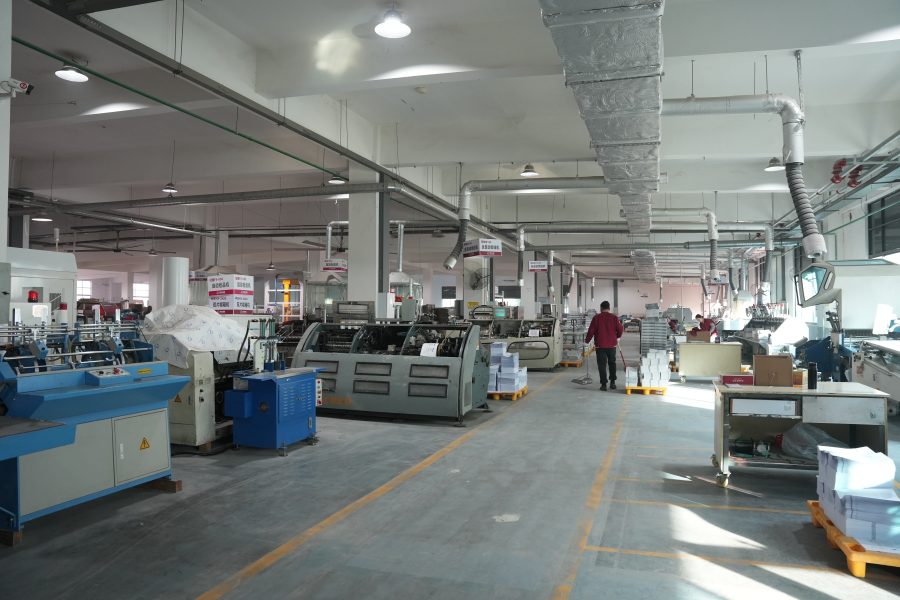Coated vs. Offset Paper: Which is Better for Printing?
When it comes to printing, choosing the right paper can make a huge difference in the final outcome. The two most common types of paper used in printing are coated and offset paper. While both are widely used in various applications, they have distinct characteristics that make them more suitable for different types of print jobs. In this article, we'll explore the differences between coated and offset paper and help you determine which one might be better suited for your specific printing needs.
What is Coated Paper?
Coated paper is paper that has been treated with a layer of coating, often made from materials like clay, calcium carbonate, or other chemicals. This coating gives the paper a smooth surface that enhances its ability to hold ink. As a result, prints on coated paper tend to have sharper, more vibrant colors and finer details.
Coated Paper Finishes:
Glossy: A shiny, reflective surface that makes colors pop. Often used in high-end magazines, brochures, and catalogs.
Matte: Offers a non-reflective, smooth finish.
Silk: A smooth, satin-like finish that combines the best of glossy and matte characteristics.
What is Offset Paper?
Offset: Offset paper, also known as uncoated paper, is not treated with any coating, leaving it with a natural, porous texture. This type of paper absorbs ink more readily than coated paper, which can result in a more subtle and less vibrant print. Offset paper typically has a rougher surface, which is ideal for projects that require a more organic or natural feel.
Types of Offset Paper:
Textured: Can include finishes like laid, linen, or felt.
Smooth: More even but still lacks the smoothness and shine of coated paper.
Key Differences Between Coated and Offset Paper

Ink Absorption and Print Quality
Coated Paper: The smooth, sealed surface of coated paper prevents ink from absorbing too quickly, resulting in sharper and more vivid images. This makes it an excellent choice for projects that rely heavily on color accuracy and image clarity, such as brochures, catalogs, and magazines.
Offset Paper: Offset paper absorbs ink more quickly, leading to softer colors and less precise details. It’s perfect for text-heavy designs or where a more natural, understated finish is required.
Finish and Aesthetic
Coated Paper: Coated papers tend to provide a more polished, professional appearance with enhanced colors and sharp details. Glossy finishes are ideal for making images pop, while matte finishes offer a subtle, sophisticated look. Coated papers are often chosen for projects like high-end brochures, photo books, and promotional materials.
Offset Paper: Offset paper offers a more organic, earthy feel. Its uncoated
surface gives it a more textured look, and the absence of gloss or shine makes it ideal for projects that require a classic or vintage appearance, such as stationery, letterheads, or artisanal printing.
Durability and Handling
Coated Paper: The coating on coated paper can make it less durable in some cases. It’s more prone to scratches or smudges, especially with high-gloss finishes. However, its smoothness can help avoid dirt and fingerprints. Coated paper is generally more resistant to fading and offers longer-lasting, vibrant prints.
Offset Paper: Offset paper tends to be more durable when it comes to handling. It's less likely to show fingerprints or dirt, and it often feels thicker or more substantial than coated paper. It’s great for projects that will be handled frequently, like books, newsletters, and business cards.
Cost
Coated Paper: Coated paper tends to be more expensive due to the added production process of coating the paper. The enhanced print quality and aesthetic often justify the higher cost, especially for premium print jobs.
Offset Paper: Offset paper is typically more affordable since it requires less processing. It’s a good choice for large-volume print runs or budget-conscious projects where high-end print quality is not necessary.
Environmental Considerations
Coated Paper: The production of coated paper can be more environmentally taxing due to the chemicals and coatings used in its manufacturing. However, eco-friendly options with water-based coatings or recycled content are becoming more available.
Offset Paper: Offset paper is often considered more environmentally friendly, especially if it's made from recycled materials. It also tends to require less ink, reducing waste during the printing process.

When to Choose Coated Paper
Coated paper is an excellent choice for high-quality, image-driven print jobs where vibrancy and precision are key. It’s particularly well-suited for:
Marketing materials like brochures, flyers, and catalogs that need to make an impression with vivid images and bright colors.
Photographs and art prints where the clarity and detail of the image are paramount.
High-end publications like magazines or coffee table books that require a luxurious finish.
When to Choose Offset Paper
Offset paper is ideal for projects that don’t need the enhanced color vibrancy or gloss of coated paper. It’s perfect for:
Text-heavy prints like novels, letters, and reports where clarity and readability are more important than vivid colors.
Stationery such as business cards, letterheads, and invitations, where a textured, natural look is preferred.
Budget-conscious prints where cost is a significant consideration.
Conclusion
The choice between coated and offset paper ultimately depends on the specific needs of your printing project. If your goal is to create vibrant, high-quality prints with sharp images and glossy finishes, coated paper is the way to go. On the other hand, if you need a more natural, tactile feel for your printed materials or are working within a budget, offset paper might be your best option.
Understanding the characteristics of each paper type will help you make a more informed decision and ensure that your printed materials meet your expectations in terms of appearance, durability, and cost.







